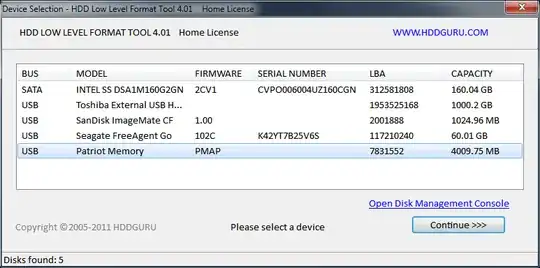I would like to ask if you know how to fix a corrupted USB? I've tried the diskpart command but it didn't work. The media is write protected.
Do you have any idea that is much better? I need to fix it because I have important files in my flash drive. I really need to retrieve it.
I saw that the file system is seen as RAW and is unaccessible. I tried error checking, but it requires you to format it. I tried data recovery software but all files come out corrupted. My USB is Imation 4GB. Any suggestions?
